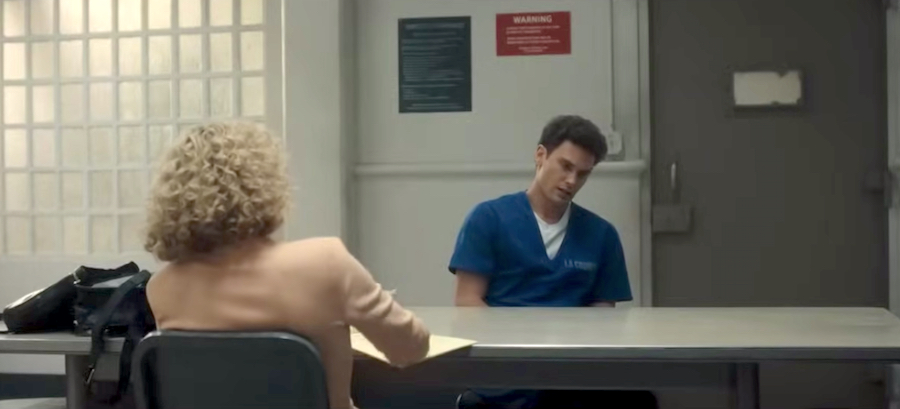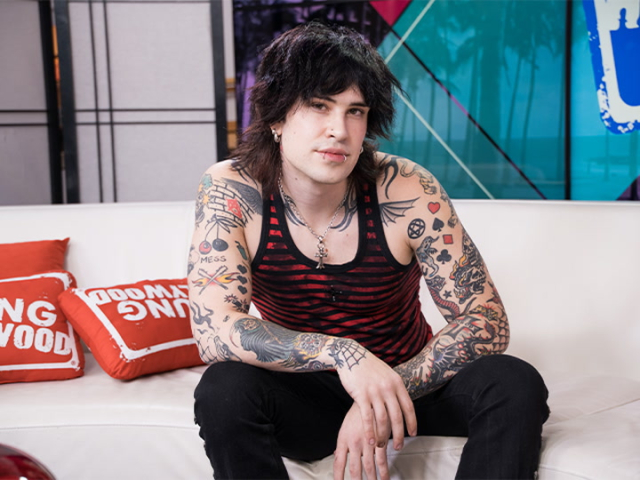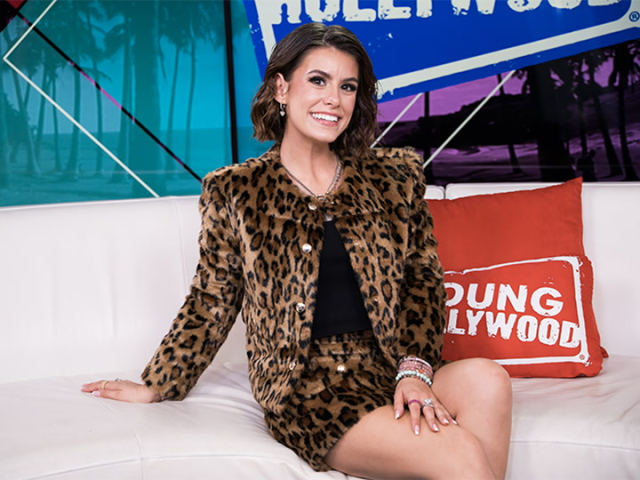One Shot: How Filmmakers Pull Off Cinematic Masterpieces In a Single Take!

Single-shot cinema is a modern trend that never fails to astonish the audience. These long, uninterrupted shots immerse the audience in the action, creating a sense of realism and tension that few other techniques can match. A true one-take shot takes an immense amount of planning, choreographing, and preparation and never fails to add tension and emotion to the scene. The audience loves single-shot scenes and even movies for their differences, their ability to reveal true performances, and stronger emotional leverage.
Let's take a look at the world's most famous one-shot scenes. Starting with the iconic…
1. Birdman (2014)
Even though Birdman didn't start the trend of single-shot sequences in cinema, it is definitely one of the most famous films using this technique because the whole film is shot in one take! Before you get completely blown away by this fact, let me calm you down. The film is not actually one take, but it was shot to create an illusion of a very long single-shot take, which, don't get me wrong, is still totally impressive.
To create this effect, diector Alejandro Iñárritu and his team used hidden cuts, seamlessly blending takes together through visual trickery and clever transitions. The illusion of a one-take adds to the surreal, dream-like atmosphere of the film and the chaotic, slightly lost state of mind of the main character, making it one of the most visually innovative films of the decade.
2. One-Take Fight Sequences
One of the most famous TV and cinema tropes is single-shot fight sequences. Old-style fight sequences would use a lot of quick cuts in between the action to make the whole experience seem quicker and more drastic. However, the new approach of one-take fight scenes makes them look more powerful and realistic, even though they take more time to plan and execute.
One classic example of the one-shot fight scene is Oldboy (2003). In Park Chan-wook's film, the hallway fight scene is a masterclass in choreographed chaos. The camera follows protagonist Oh Dae-su as he battles a gang of enemies in a narrow corridor. The shot creates a visceral sense of exhaustion as the audience experiences every grueling moment of the fight alongside the protagonist.
This scene was filmed after 17 grueling takes, with minimal editing. The choreography had to be precise, and the actors had to maintain stamina throughout the lengthy, complex fight sequence. The one-take approach heightens the intensity, making the fight feel raw and relentless.
More recent examples of the one-take fight scenes are the fight scene in Season 1 of the TV show "Daredevil" (2015) and my favorite fight scene in the recent Guardians of the Galaxy Vol. 3 (2023). Both of these fights are not actually one take, but, as with Birdman, have hidden cuts to make an illusion of a single shot. GOTG3 also shows an impeccable use of CGI to create a fights between people, aliens, machines, and, well, a raccoon. Overall, the end result of both scenes is fantastic.
3. 1917 (2019)
Sam Mendes's 1917 is another film that tells its story using the illusion of a single take. Set during World War I, the film follows two soldiers on a perilous mission across enemy lines. The decision to film it as one continuous shot heightens the tension, making the audience feel as though they are right alongside the characters in the literal trenches.
Mendes and legendary cinematographer Roger Deakins used hidden cuts, much like Birdman, but the effect is no less impressive. The meticulous planning required for each scene, from the actors' choreography to the camera's positioning, makes 1917 one of the most ambitious films in recent memory.
4. "Monsters" (2024)
But enough with fights, hidden cuts, and camera movements. Recently, an episode from the Netflix TV series "Monsters" left viewers completely speechless. This is a 34-minute, single-take episode that slowly dollies in on a main character, revealing to his defense attorney the sexual abuse he and his brother had received at the hands of their father. It is painful to watch not only because of the topic discussed but also because of the way it is shot. One take and a slow push-in make this episode seem endless, just the same way it would feel for a victim to be sexually abused. Additionally, it reveals actor Cooper Koch's incredible and painfully vulnerable acting. It could be extremely tough for an actor to perform for 35 minutes without a break, and Koch did a magnificent job.
The one-take scene is one of the most impressive techniques in a filmmaker's toolbox. When executed well, it can immerse audiences in a story like no other cinematic technique. From the visceral intensity of Oldboy to the illusion of continuous action in 1917 and the emotional depth of "Monsters"'s one-take episode, these scenes are unforgettable cinematic masterpieces that showcase the artistry and craft behind filmmaking.



